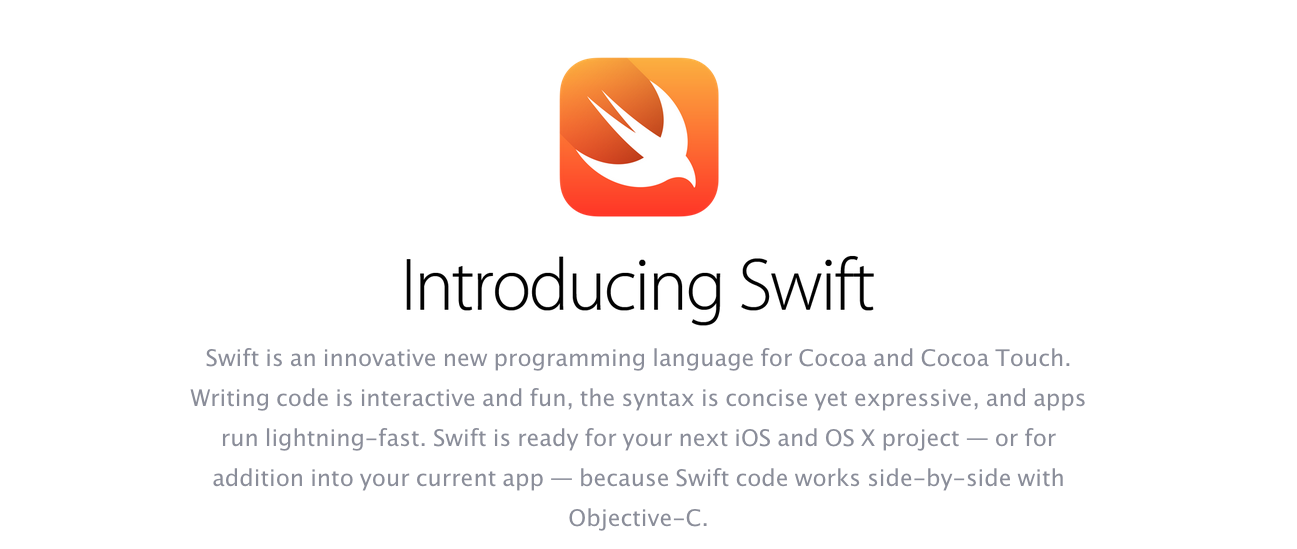

Use of the Brex API is subject to the Brex Access Agreement. See the Brex Platform Agreement for details. provides the Brex Mastercard® Corporate Credit Card, which is issued by Emigrant Bank, Member FDIC or Fifth Third Bank, NA., Member FDIC. Terms and conditions apply and are subject to change.īrex Inc. “Brex” and the Brex logo are registered trademarks.īrex products may not be available to all customers. With the right preparation and vigilance, wire transfers can be a breeze. And to ease the anxiety of sending large amounts of money, make sure the recipient on the other side of the transfer is ready for the funds to arrive.


Do some research with your bank, and determine which method you’re most confident using. Some banks don’t facilitate international ACH transfers, while others limit the number of monthly ACH transactions, so check with yours for their policies.Īt the end of the day, it’s your money, and you need to feel comfortable transferring it. Domestic ACH transfers typically take 1 to 3 business days to arrive, while international ACH transfers will take even longer.

For a standard domestic wire transfer, you can expect the transaction to post within half a day, while international wires can take upwards of two to three days for the money to arrive. While wire transfers are processed immediately and on an individual basis, ACH transfers are processed in fairly large batches. That said, they’re slower to process, and have lower limits on the amount of money you can send in a single transaction. Named because they pass through a national electronic network for financial transactions called the automated clearing house, ACH transfers are cheaper than wire transfers. If you’re hesitant to send large amounts of money via wire transfer, another way to send funds is through Automated Clearing House (ACH) transfers. Be prepared to provide additional information, as well, as requested by the sending or receiving bank. When transferring funds internationally, you will also need to provide the dollar amount you are sending, and your financial institution may ask you to give a reason for the transfer. Used when transferring money between banks, particularly for international wire transfers or SEPA payments, these codes are also used to exchange messages between banks. SWIFT/BIC codes globally identify banks and financial institutions. And the Federal Reserve Bank uses ABA RTNs when processing funds transfers.įor international wire transfers, you will need to know the recipient’s account international bank account number (IBAN), BIC, or SWIFT code. Electronic payment methods rely on ABA RTNs to identify the paying bank or other financial institution for bank wires. Designed by the American Bankers Association (ABA), this system facilitates the sorting, bundling, and delivery of money to the sender’s bank for debit to the recipient’s account.
#Code swift share our code#
The ABA routing transit number (ABA RTN) is a nine-digit code printed on the bottom of checks which identifies the financial institution from which the funds are sent. You will need both routing numbers and bank account numbers for domestic wire transfers within the United States. You can fill out this information via a form online or in a local branch. To send a wire transfer by bank, you will typically be asked to provide the following information: That said, they can be slower and more expensive than other money transfer services, especially if you’re sending an international wire transfer. Banks are one of the most secure methods of sending wire transfers.


 0 kommentar(er)
0 kommentar(er)
